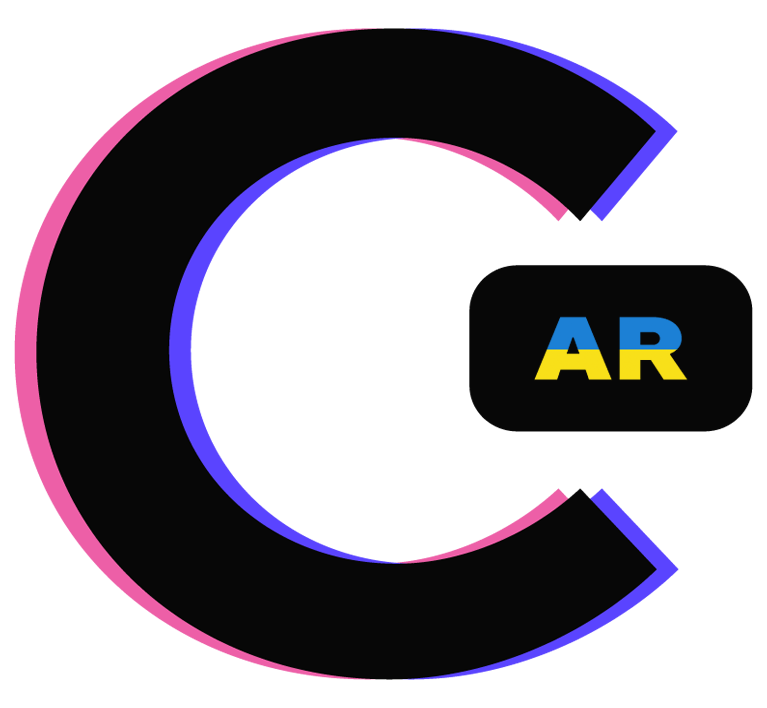Nowadays you can come across a plethora of different types of Augmented Reality experiences. Since this ever-expanding variety might be overwhelming, in this post I have decided to pinpoint the most common types of available Augmented Reality experiences and describe how they work.
Marker based AR (target images)
This was the most recognizable type of AR experiences that people were able to use until 2016. To initialize Augmented Reality content users have to scan markers (also called target images). Once target image has been recognized, digital AR content will be layered directly on the image. There are tons of formats that can be used as target images, for example food and drink labels (and other related items), business cards, brochures, newspapers, books, magazines and even road signs, billboards and citylights. The most reputable companies that have their own marker based AR engines are Vuforia and Wikitude. You can use their SDKs to develop your own AR apps and design marker based AR experience. Besides, Apple and Google have also jumped into this niche, and you can use their native libraries to release your own AR scanner. However, if you consider developing your own Marker based AR engine, you better think twice. By no means do I mean to discourage you, yet it should be noted that this process can be overly complicated, especially when it comes to cloud recognition and multiple target images. If you are not familiar with app development, you can always turn to 3d party AR builders that can spare your trouble by helping you create marker based AR. Previously, I have already posted an article which delves deeper into this theme called: How to build AR experiences without coding, you can find out more information through this link.
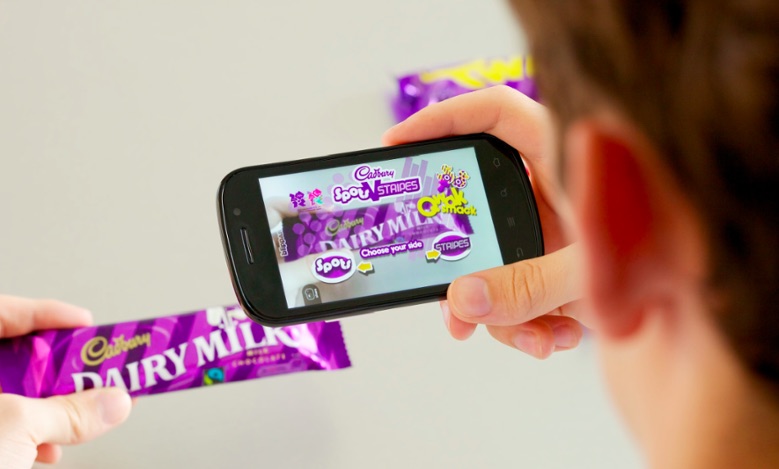
Conclusion
On the one hand, this type of AR can work well as an incentive for customers and users to buy your products to discover additional content. Sure, it’s not only about purchasing, you can use image based AR for training your customers via augmenting tutorials or allow them to win and receive some achievements or prizes. Having said that, marker based AR has offline dependence on printed images, and thus requires finding your target images, that might not always be easily accessible for users since they can be located anywhere around the world. To put it simply, it might be a challenge for users to reach your AR experience of such kind. As a result, you could face a problem with a user adoption rate.
Markerless AR
Moving on towards markerless AR experiences. Until 2017 this type of AR was pretty underdeveloped and only a few companies provided an ability to create custom AR solution by using SLAM technologies. Markerless AR and SLAM use recognitions of the surfaces and then provide mapping of AR and digital content onto them. One of the main advantages is that users don’t need to scan target images and markers, and therefore they can discover AR content anywhere and anytime. In 2017 Apple and Google announced support of this technology naming them ARKit and ARCore. These companies have opened up vast opportunities for AR developers and creators to build their own apps with Markerless and SLAM AR experiences. Other companies and startups don’t stand aside and are making it possible to create markerless AR experiences through their online editor and builders. For example, ROAR and Vectary allow creating markerless AR even for non-technical users.
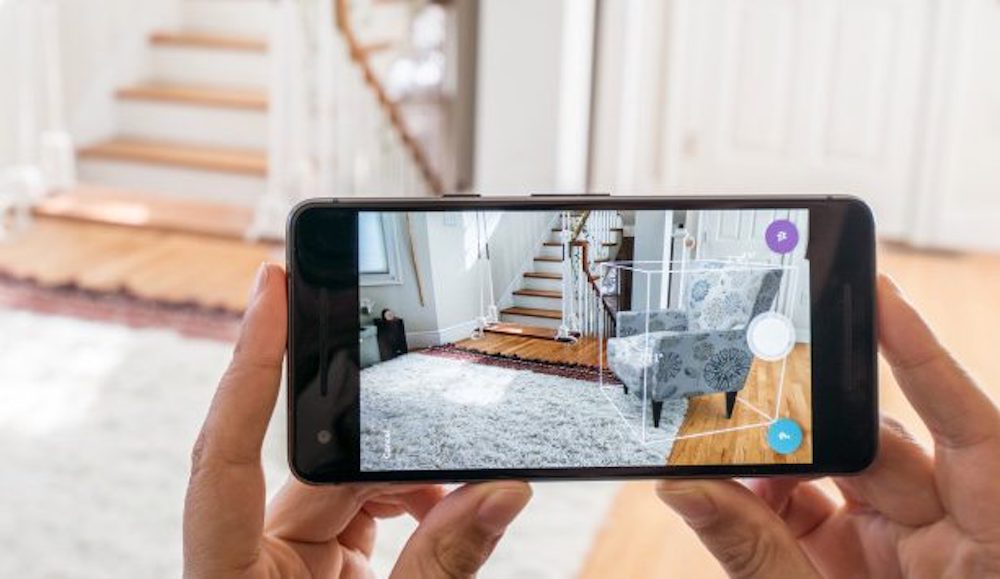
Conclusion
Markerless AR is one of the best and simplest ways to discover AR content. Especially it serves perfectly for education or visualization and discovering your products. If you are still looking for the option for purchase initiatives by scanning your printed labels, logos or other things, you can think about the use of triggers as a target image to launch markerless AR experience.
Facial recognition and AR lenses
Behind this technology is a real-time tracking, which is recognizing feature points located on a human face and allowing to make an overlay with digital masks, filters and lenses. Basically, facial recognition and AR lenses can be powered by OpenCV (Open Source Computer Vision Library). As such, any developers can build their own facial recognition scanners and AR lenses from scratch and they don’t need to use 3d party SDKs owned by other companies.
Starting from 2016 this stack of technologies has passed into common usage. As a result people have actually started to use and share Augmented Reality lenses and filters with families and friends. It was possible due to Snap inc. that integrated this feature into Snapchat app by acquiring Looksery startup. A little bit later, Facebook acquired Masquerade to go through the same.
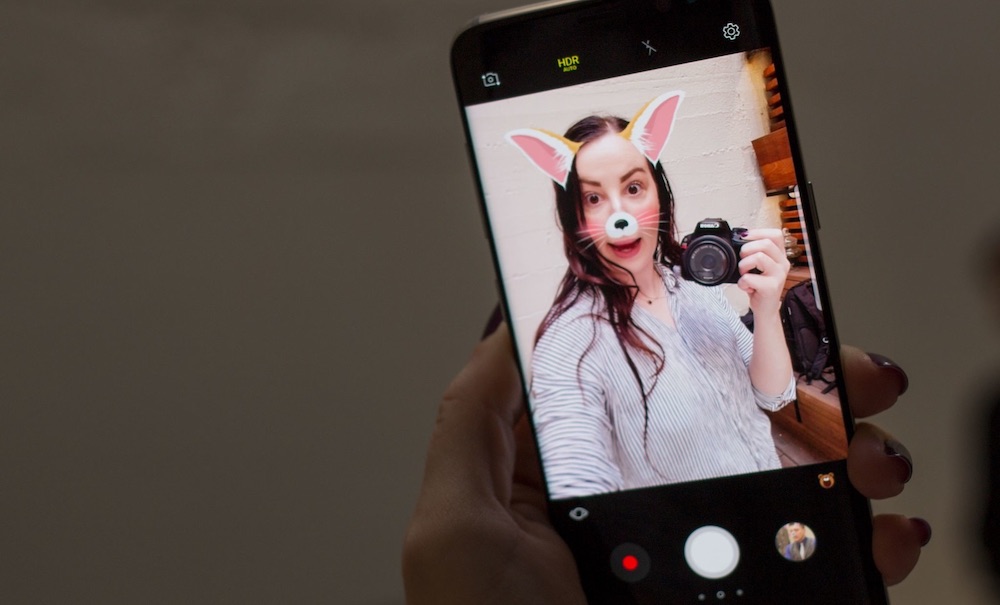
In 2017 lots of companies started to work on their own AR editors and builders that allow creating different facial AR effects. Snap inc. has launched Lens Studio, meanwhile Facebook presented Spark AR. Currently, we can see a huge amount of amazing AR lenses and filters created by different developers, makers and even non-technical users.
Today we can see that many startups and developers have started to expand the ability to recognize and overlay with AR digital content beyond faces to other parts of the body, such as hands, legs, fingers, etc. Lens Studio by Snap Inc. and Spark AR by Facebook even released a possibility to recognize our pets (dogs and cats).
Conclusion
Lots of brands and businesses are using this type of AR to interact with their customers and fans. Some lenses are receiving millions of views and massive user engagement. An additional plus is that cost of developing branded AR lens of sponsored campaign could be quite reasonable, as plenty of developers and creators are available right now.
Object recognitions + AR
Apart from image recognition, the most interesting part of AR can be object recognition. Different companies such as Google Maps and LEGO are already working on and releasing apps that allow discovery of AR content by scanning objects. Even before Google and LEGO, lots of companies were using this type of AR in manufacture, development and more. There can be a couple of variations using object recognition. The first one is about mapping and overlay of real-world surroundings and objects with digital AR content. The second one includes just a popup with a relevant content or message after recognition of the object. Targets and objects for this type of AR can be anything ranging from toys and electronics to vehicles and buildings.
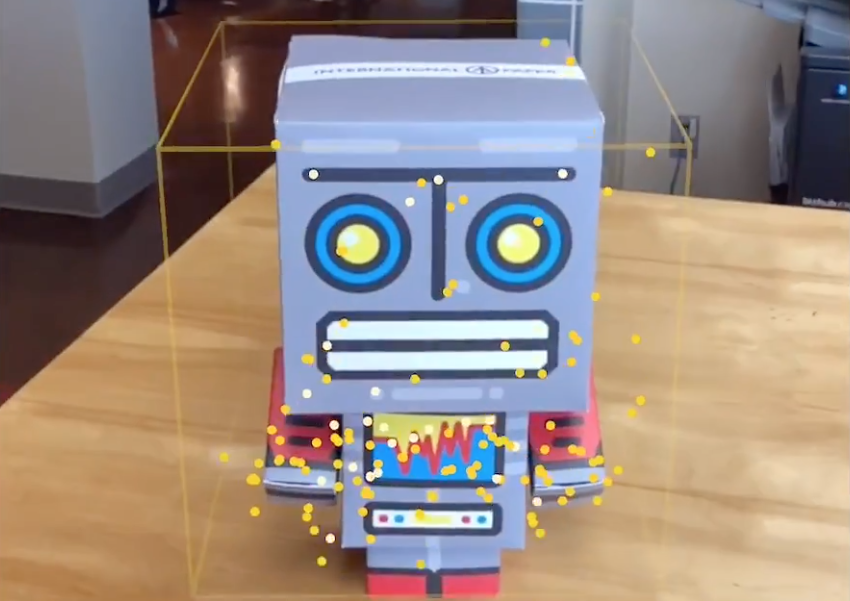
If you decide to build an object recognition based AR app, you can check the following SDKs and libraries such as ARKit 2 by Apple, Vuforia and Wikitude. However, you can code your own object recognition tool by using OpenCV, taking into account that it can be rather time-consuming to train a neural network to recognize objects properly. In addition, please note if you opt for building object reco OpenCV based app, the next potential challenge emerging for you is to achieve releasing real-time mapping of the digital content directly to the object.
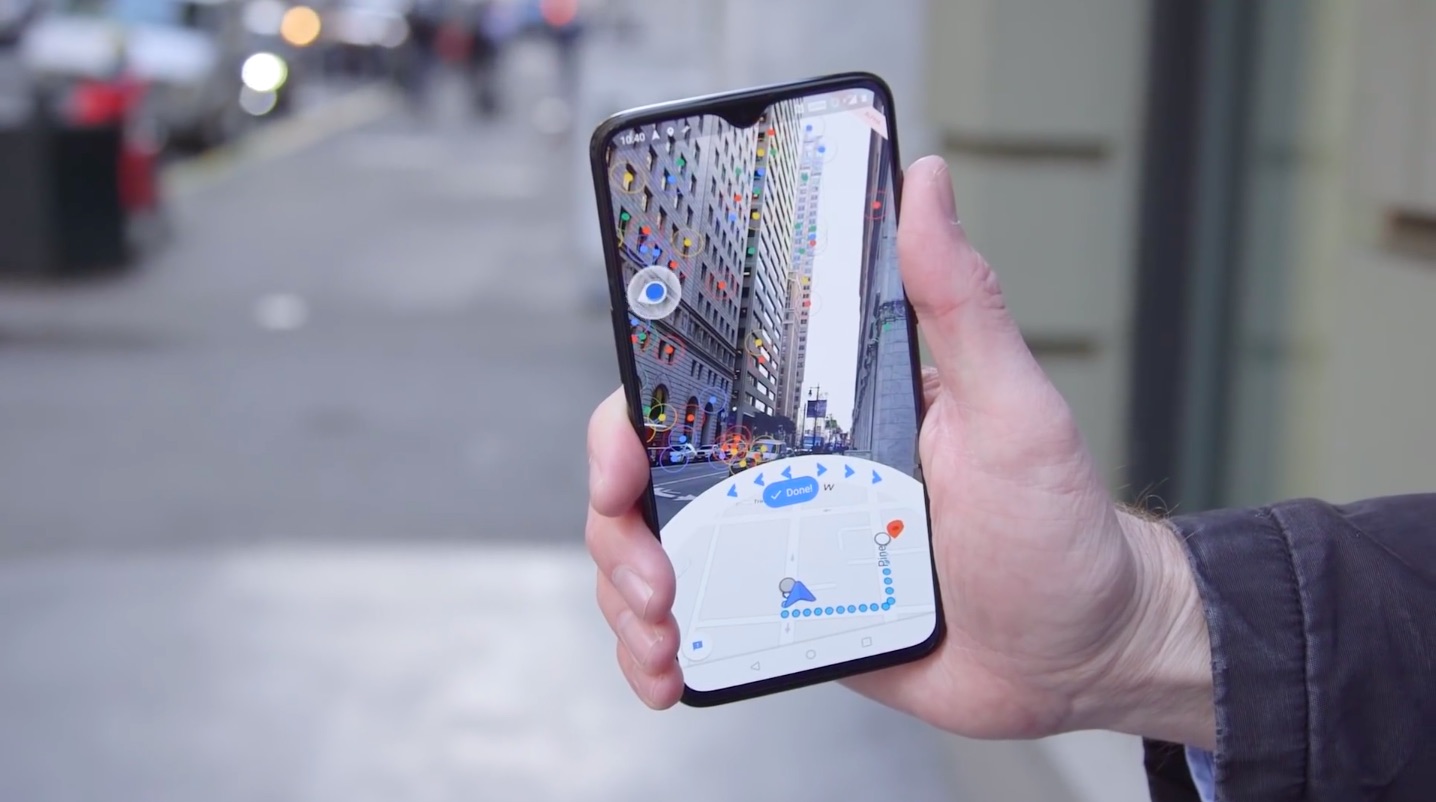
Conclusion
I believe that object reco is the most interesting part of AR that can bring a huge value to users and customers. This type of AR can simplify many different processes from manufacture and repairing to learning tutorials and discovering streets and attractions. We owe special thanks to ARKit 2 by Apple that made this technology more accessible.
Geolocation based AR
Geolocation can be used as a trigger to popup various AR content in different locations. Pokemon GO is the most famous example of using geolocation based AR. This type of AR also perfectly works to explore tourist attractions and city itself. By the way, lots of developers and companies have dived into this niche to build Augmented Reality indoor and outdoor navigation. It allows discovering Augmented Reality routes in the camera view directly. Development framework to release such kind of AR experience, app or project is Google Maps SDK + ARKit. By all means you can change or improve this stack according to your preferences.
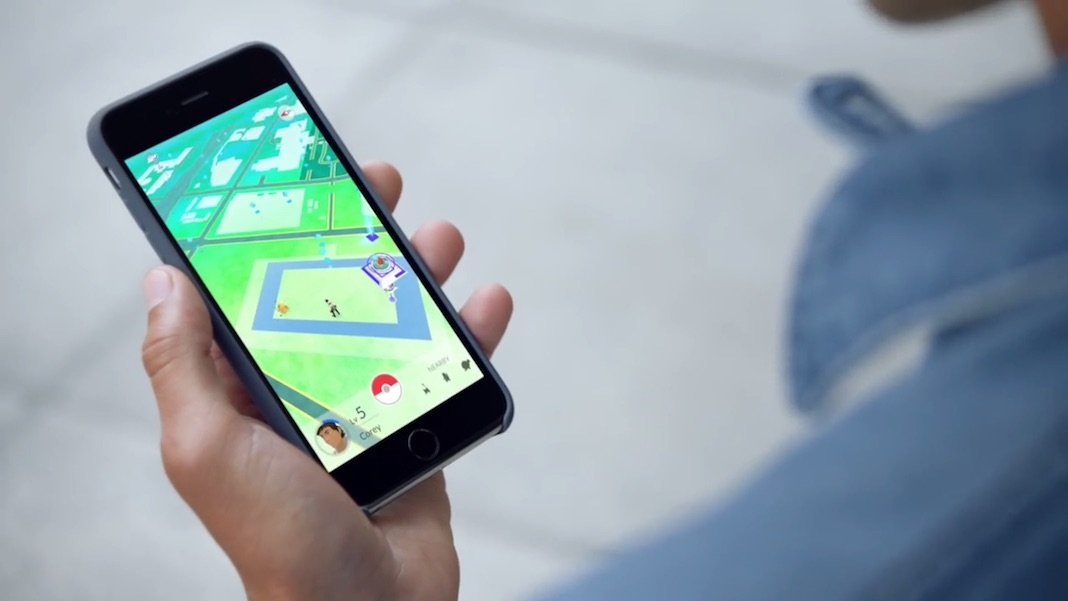
Conclusion
Geolocation based AR enables you to drive potential customers to your business and incentivize purchases and orders, for example if you have sales or happy hours. In this way, as soon as customers are approaching your business, AR content will popup and they can discover your ads. Moreover, it can be of great value for geolocation quizzes if you are planning on arranging a quest for target users where they need to discover different locations and are being rewarded with prizes afterwards. (for example scavenger hunt, quests, etc.).
“Fake AR”
I have included one more type naming it “Fake AR” because I discovered that some companies and developers call it Augmented Reality when actually it’s NOT. So, let’s get things straight: what does “Fake AR” mean? This means that digital content is just overlayed over the camera without any mapping to the target images, objects or surfaces taking place. As a result, digital content is just floating around with some blur effect in the camera.
Conclusion
Don’t name it Augmented Reality ?
Overall conclusion
I believe that shortly we will be able to use and discover all these types of AR experiences at the same time. Mixed Reality headsets and smart glasses are bound to allow us to scan and discover images, objects and even entire physical world in real-time. Once major vendors resolve issues with device size and battery life, AR and MR will revolutionize and hopefully improve our life.
I hope you enjoyed this article. I will kindly appreciate if you share it with your friends and colleagues.
